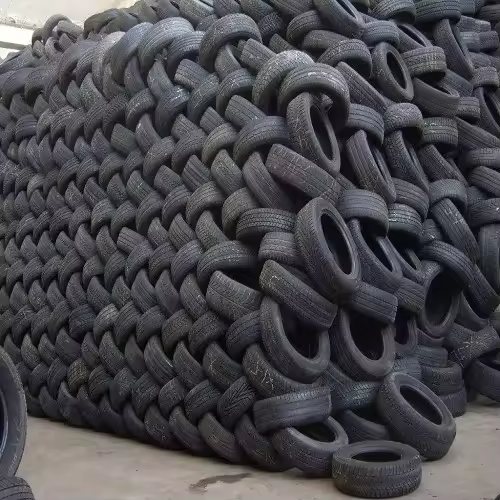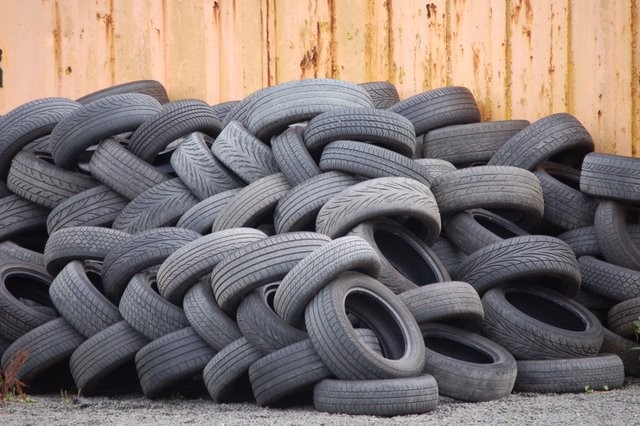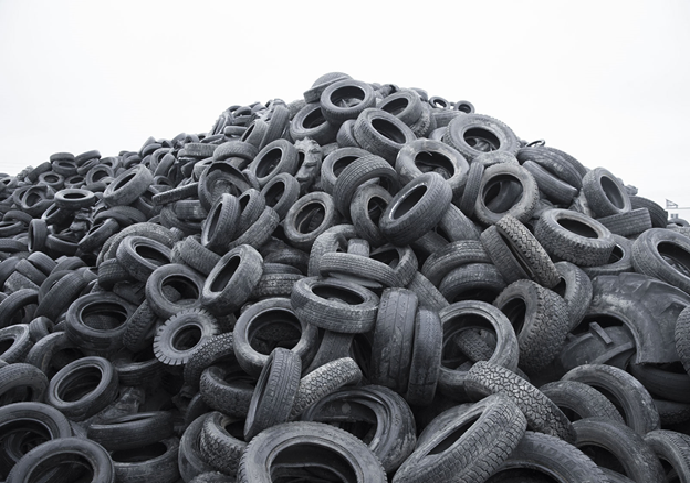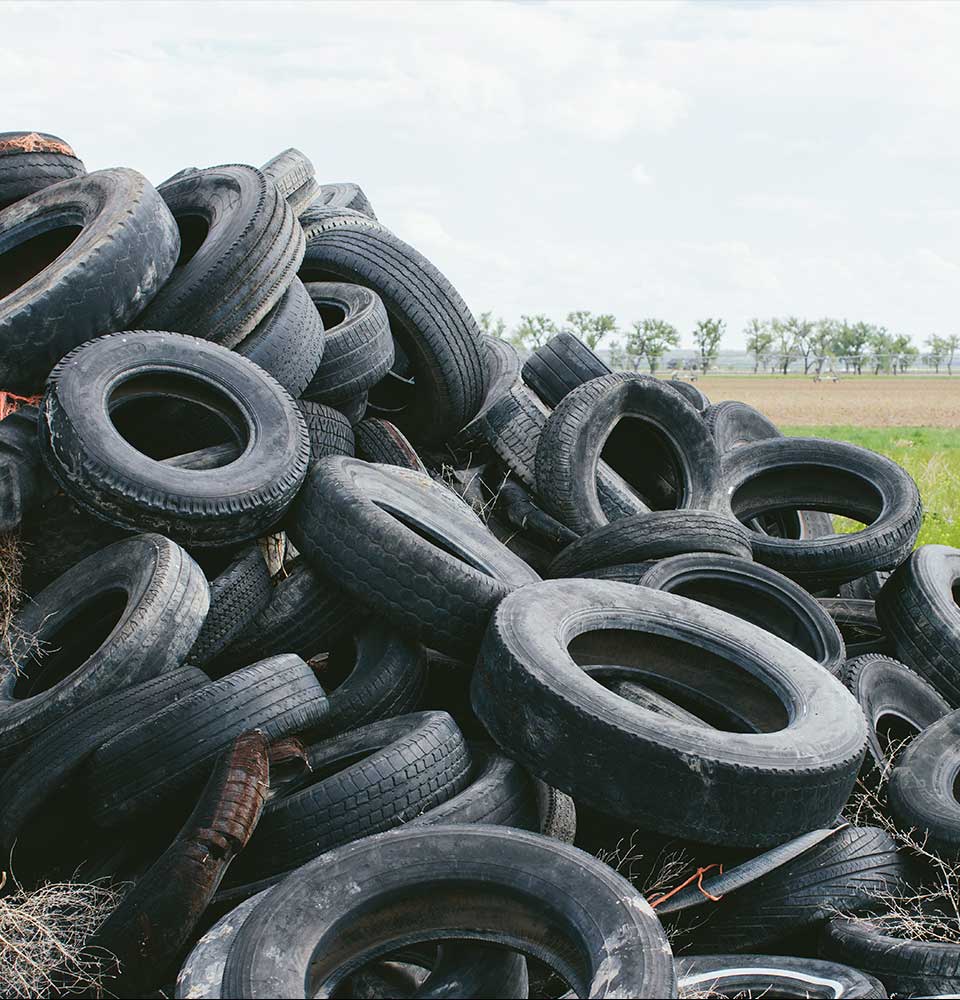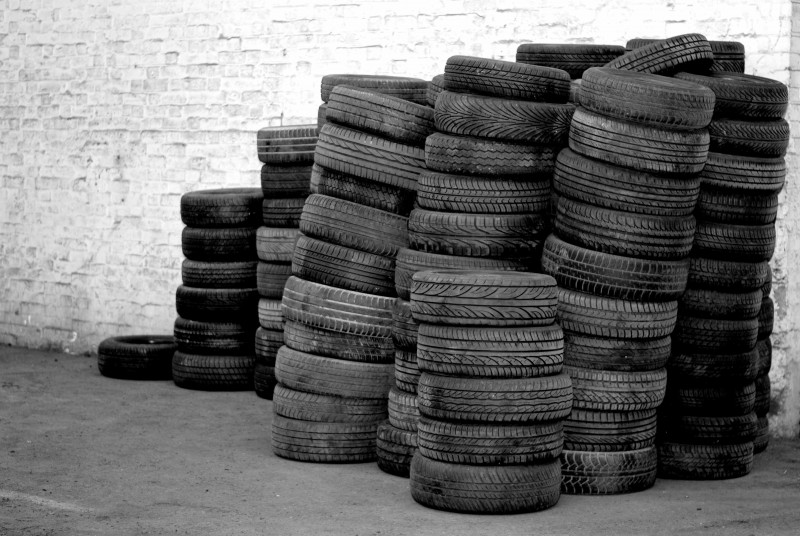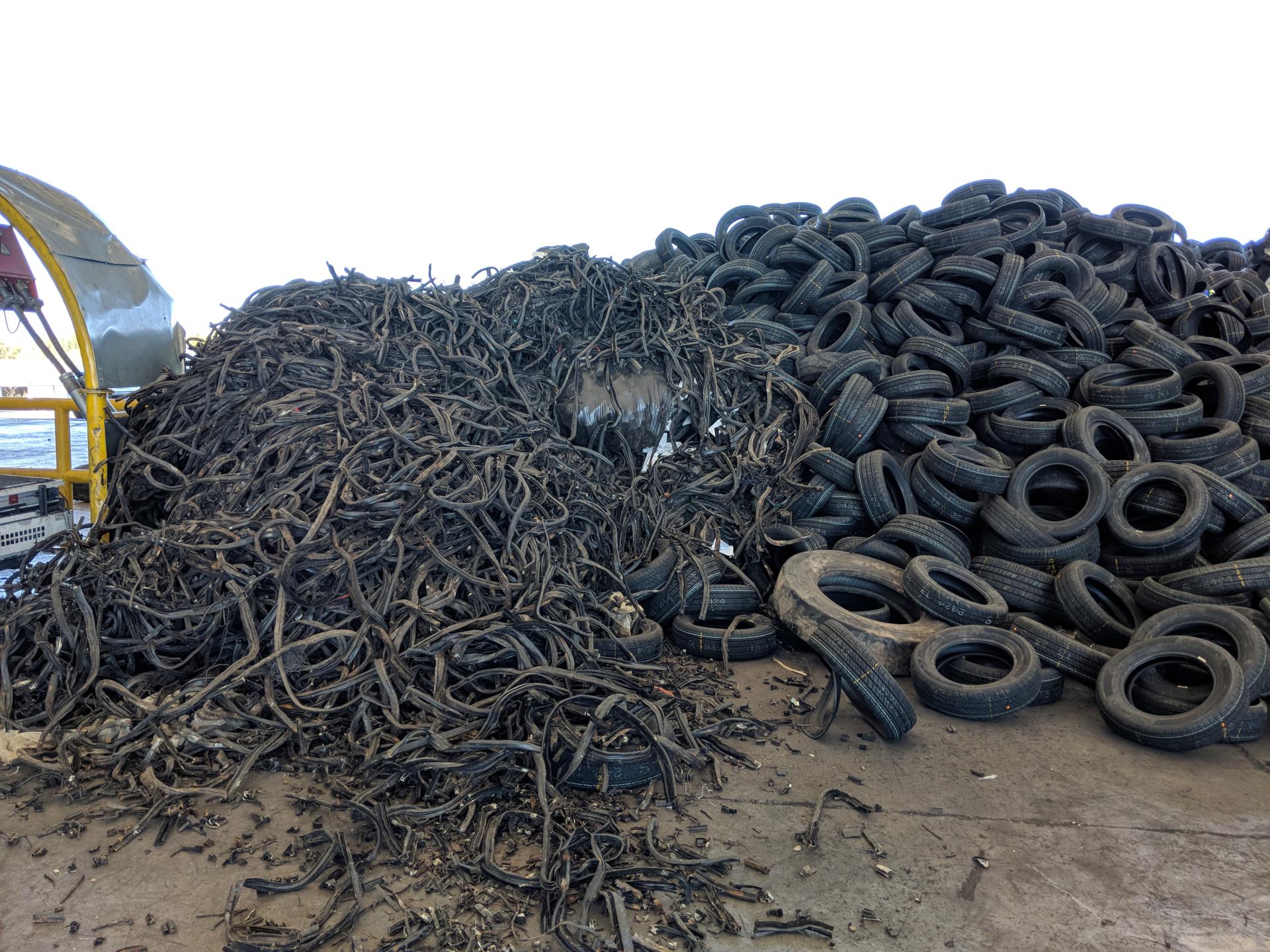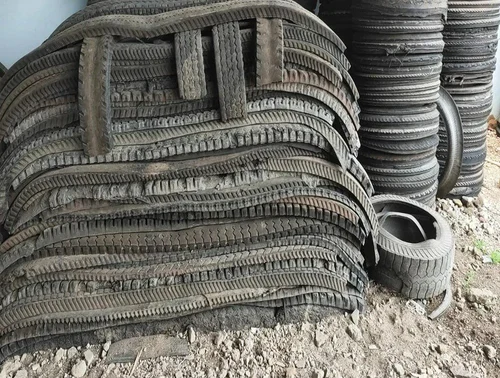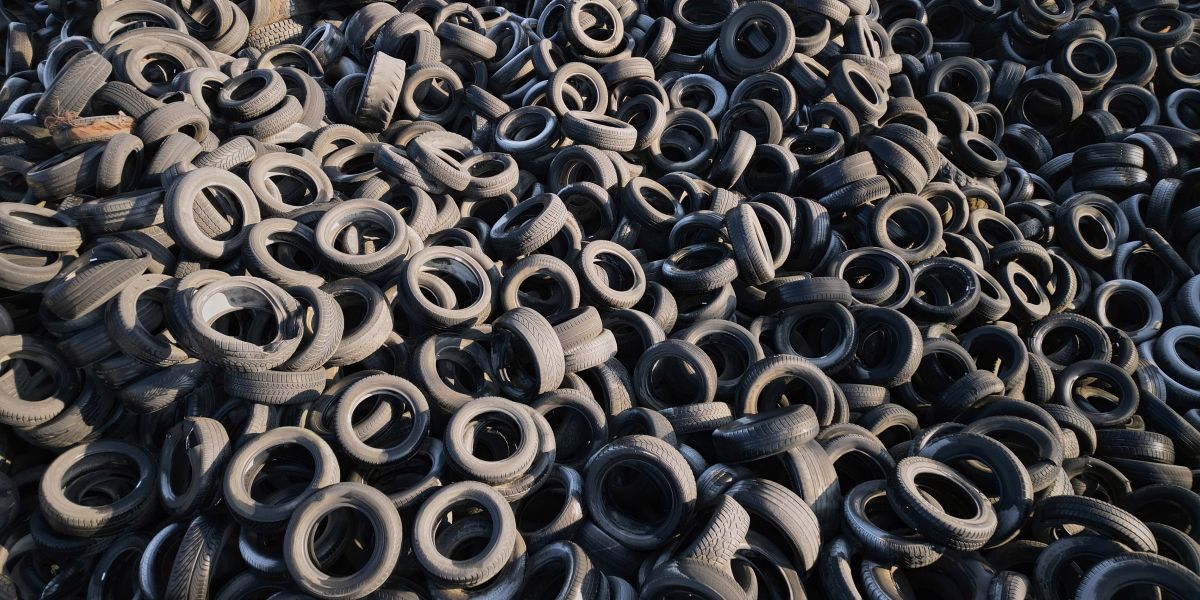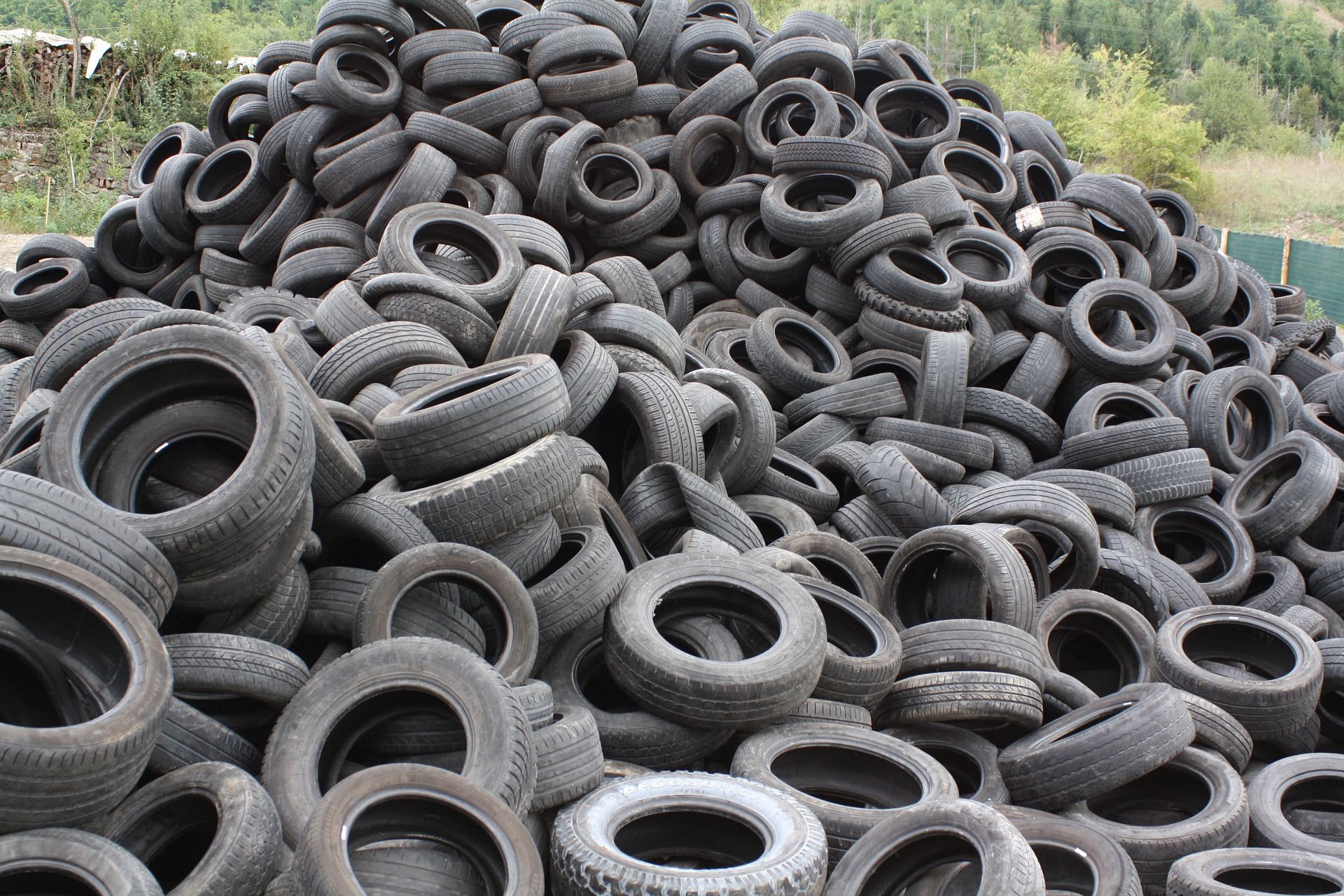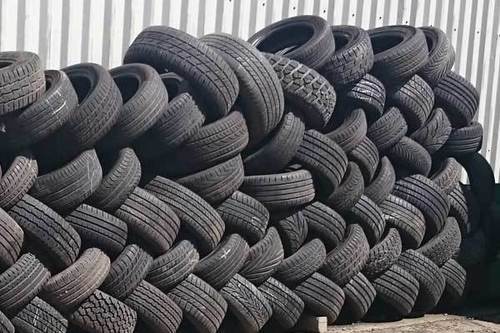Description
Rubber scrap, particularly in the form of used tires, presents both environmental challenges and opportunities for recycling and resource recovery. Every year, millions of tires are discarded, contributing significantly to landfill waste. These discarded tires not only occupy large amounts of space but also pose environmental risks, such as the potential for breeding grounds for mosquitoes and other pests, as well as the risk of tire fires that can release toxic pollutants into the air. However, the rubber from these tires can be repurposed in various innovative ways, transforming a waste problem into a valuable resource.
One of the most promising avenues for recycling rubber scrap is through the production of crumb rubber, which is created by grinding used tires into small granules. Crumb rubber is increasingly being used in a variety of applications, from athletic fields and playground surfaces that enhance safety to rubberized asphalt for road construction, improving durability and reducing noise pollution. Such uses not only mitigate the environmental impact of tire disposal but also reduce the demand for new rubber, thereby conserving natural resources.
As innovations in rubber recycling continue to evolve, the potential for recovering and repurposing rubber scrap is becoming increasingly significant in the circular economy. By promoting initiatives to collect and recycle used tires, communities can play a pivotal role in reducing waste while fostering sustainable practices. Education about the importance of rubber recycling and support for local recycling programs can help raise awareness and drive action, ultimately leading to a more sustainable future where rubber scrap becomes an asset rather than a liability.
